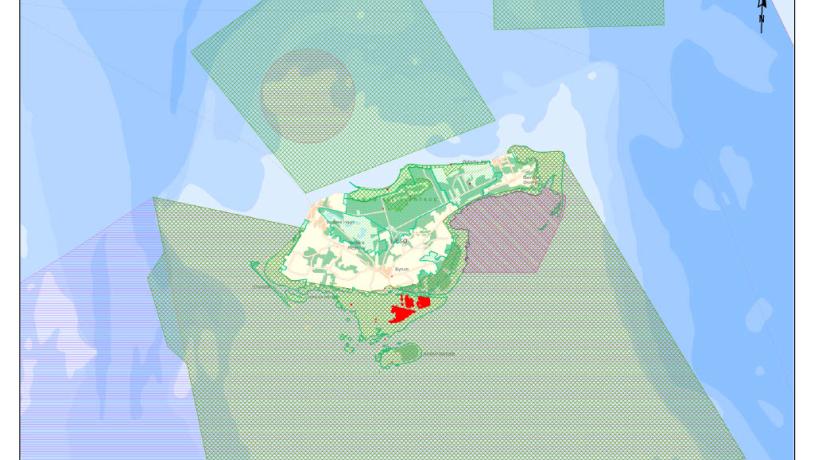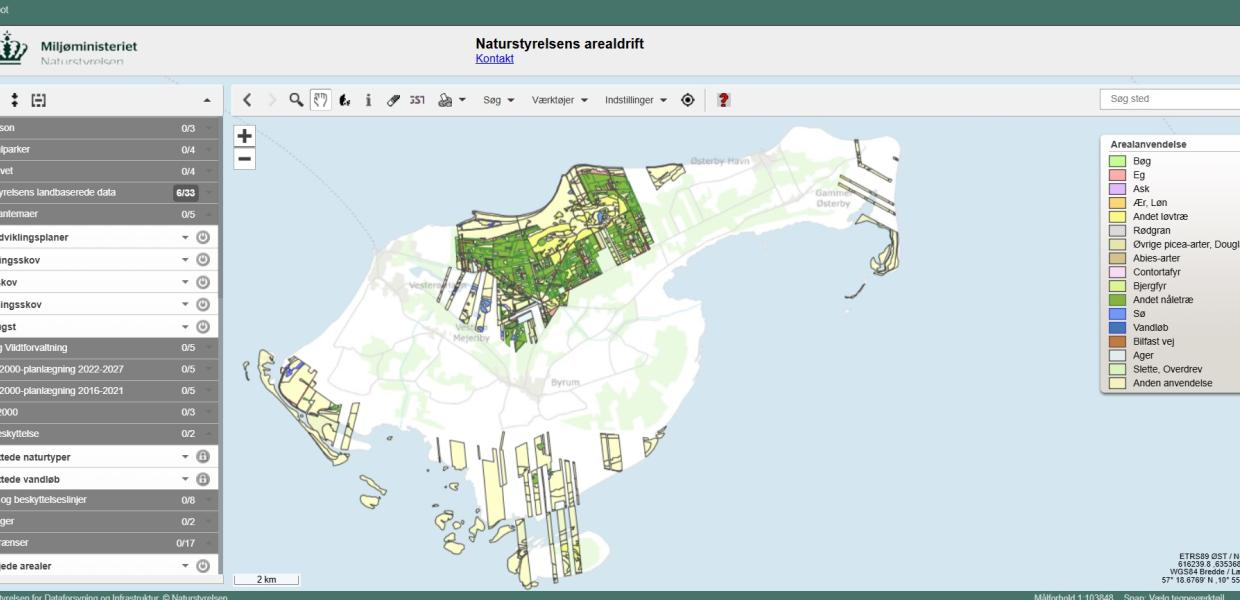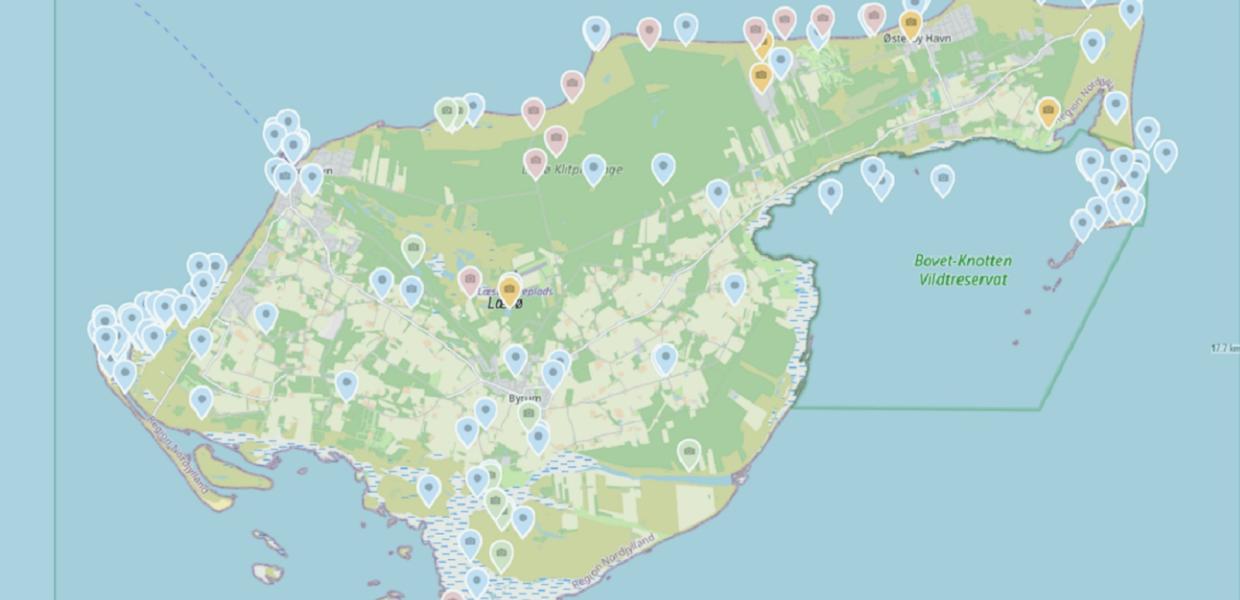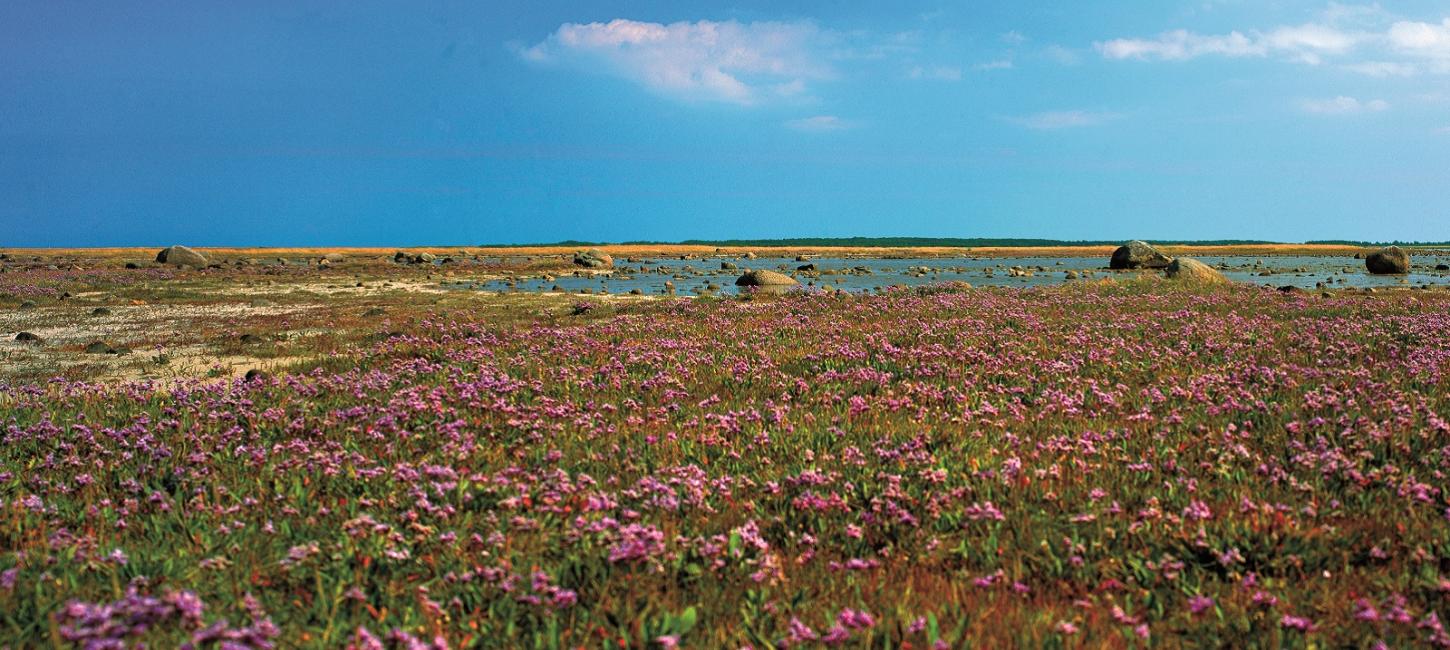
Take care of Læsø's nature
Nature on Læsø is completely unique with extraordinary flora and fauna, all of which we must protect and preserve. On this page, we have gathered some information on protected areas on Læsø, nesting seasons, mushroom picking and how to be considerate of nature while we are here.
Help preserve Læsø's nature and wildlife
Læsø is one of the places in Denmark where you will find the most varied nature in relation to its small area size. A lot of the nature is protected, and areas which are privately owned and those that are publicly owned are placed in a mosaic pattern across the island.
Actually, Læsø is the municipality in Denmark with the highest amount of nature per citizen. A small population of only 1.800 islanders is responsible for about 100 square kilometres of protected nature that is both unique and fragile. Particularly along the coast of Læsø - which is about 100 km. - is where you can find unique kinds of nature, especially in the southern part of the island where the land mass grows with about 20 hectare every year.
Læsø is also a bird paradise with both sea birds and migratory birds, on their way to the south or the north, stopping on Læsø for a short rest before they continue their journey.
We hope you will all take care of nature and be respectful of it and the owners of parts of the land, while you move around outdoors on Læsø.
Study the information below, before you head outside to experience Læsø's nature.
WebGis Læsø - a useful map
Photo:visitlæsø
Interactive map of Læsø
On the map above, which is called webgis, you can see the protected areas on Læsø. The map is interactive, and you can navigate it from the menu on the left, and choose exactly what you want to see on the map.
Access Læsø's WebGis-map >
Laws for access to nature
The laws of nature protection https://www.lovguiden.dk/loven/A20240092729 chapter 4 describes the general laws on access to nature. For instance in private forests access on foot and by bike is only allowed on trails and roads. Access is only allowed from 6 am until sunset.
If you are in doubt about who owns a particular part of nature on Læsø, you can use the app Find Ejer (find owner) - for Apple and Android.
Areas owned by the Danish Nature Agency
Photo:nst
Large areas of Læsø are owned by the Danish Nature Agency - you can see exactly which on the map below:
Find the Danish Nature Agency map here.
Birds on Læsø
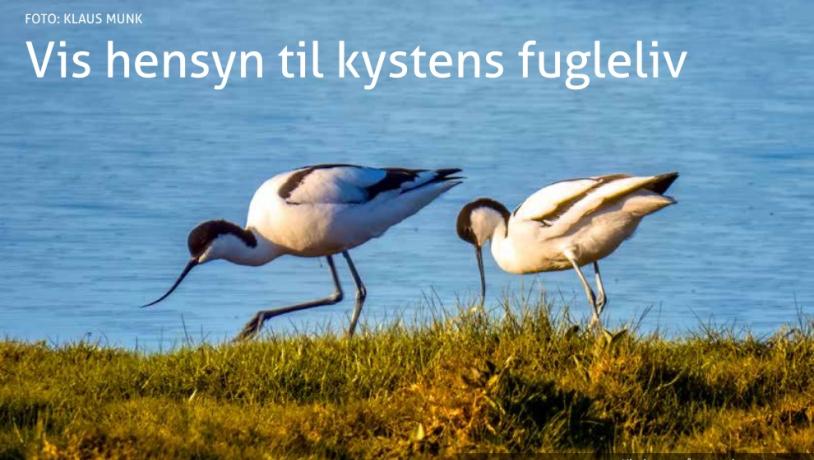
©Klaus MunkPhoto:Klaus Munk
The coasts of Læsø are fantastic and varied, and they attract both birds and humans. Unfortunately, we are currently experiencing a decline in the population of birds, especially in the number of colonial nesting birds along the coast. There are several probable causes for this, including changes in the tide, but unfortunately also human disturbance.
Keep your distance to warning birds, nesting birds and flocks of birds.
As a human, it is easy to help the birds out by being considerate and by doing so, ensuring that it will be possible to also experience a rich, varied bird life on Læsø in the future. If you encounter a warning bird - meaning a bird calling out loudly, almost scolding - while running around looking as though it is injured, it is most likely trying to lure you and predators away from its eggs and chicks. In this case, you should walk away from the area and not rest nearby.
Dogs on a leash
Dogs without a leash are also a big threat to birds. And the rules are clear: Dogs must always be on a leash, except on the beach from October 1st to March 31st, or in the dog forest!
Limited access areas
In some areas on Læsø, you are actually not allowed to be during the birds' breeding season: Typically from April 1st to July 15th.
This is the case on Rønnerne west of the road towards Hornfiskrøn, and on the islands south of Bløden Hale.
On Rønnerne, which is the area south of Saltsyderiet, it is not allowed to bring a dog at all. Also not on a leash.
On Rønnerne, you are only allowed to ride a bike on the road itself towards Hornfiskrøn.
Bovet Bugt is a nature reserve, but surfing is allowed in the western part of the area between May 1st and August 31st.
On Stokken, there are often colonies of terns, especially arctic terns, little terns, and waders like pied avocet and ruddy turnstone. You should not access the northern tip of Stokken during the breeding season, and likewise on the sourthern tip, caution might be necessary during some years. You can usually spot the birds along the entire coast around and north of Stokken.
Have a good trip, and thank you for being careful!
Bird life and breeding seasons
Rønnerne
In the protected areas of Rønnerne: https://www2.blst.dk/nfr/02777.05.pdf you are not allowed to access the area west of the Hornfiskrøn-road from May 1st to July 15th.
Bikes are only allowed on the Hornfiskrøn-road. Motorbikes are not allowed.
Dogs are also not allowed, neither with or without a leash (except for hunters during seasonal duck-hunting)
Bovet nature reserve
The nature reserve of Bovet: https://www.lovguiden.dk/loven/B19961400305?type=bek
Restricted access on all islands and islets from April 1st to July 15th.
Hunting is not allowed east of Sydhavnen.
Motorboats are not allowed above 8 knob.
Surfing is not allowed, except for the area west of Sydhavnen from May 1st to August 31st.
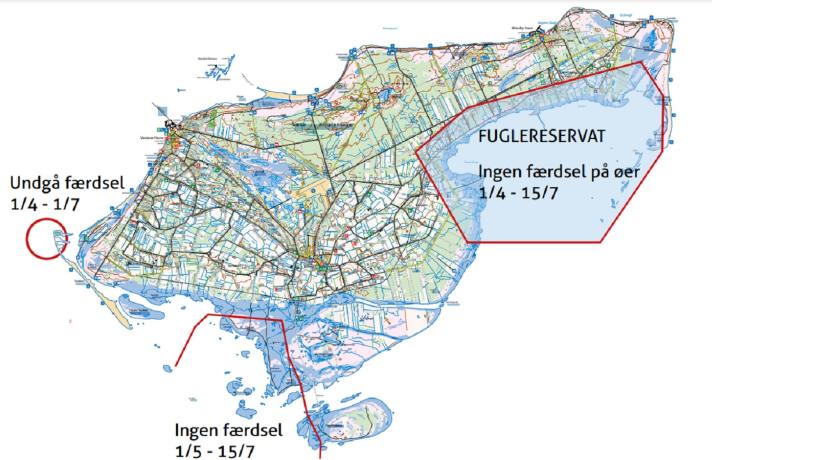
Photo:visitlæsø
A unique and protected plant life
The orchids on Læsø are protected
Læsø is a relatively young island of only a few thousand years, which is why the plant life is so unique - and a lot of it protected.
A great place to read about Læsø's fauna is on a webpage made and written by former forest ranger on Læsø, Thomas Retsloff:
Read more about Læsø's fauna here >
Another place to find valuable information about the nature on Læsø, and especially the protected areas and species, is on The Danish Society for Nature Conservation's webpage. Below, you will find a link to a map of Læsø. On the page, you can click the dark green areas to read more about each specific area.
Nature conservation on Læsø
Discovery of species on Læsø
Photo:visitlæsø
The nature of Læsø is unique, and the best way to experience it is on foot. Put one foot in front of the other, and explore nature as it unfolds around you. You can even prepare in advance by reading a little bit about what you can encounter on your way.
One platform on which to read about Læsø's nature is on arter.dk, where users report discoveries in nature - this includes private people, organisations and professionals.
Check out the page below. You can zoom in and click the markers to see which discoveries have been made, when and by whom. Note that the page is only in Danish.
Arter.dk
Island-Camino, hiking trails and biking routes
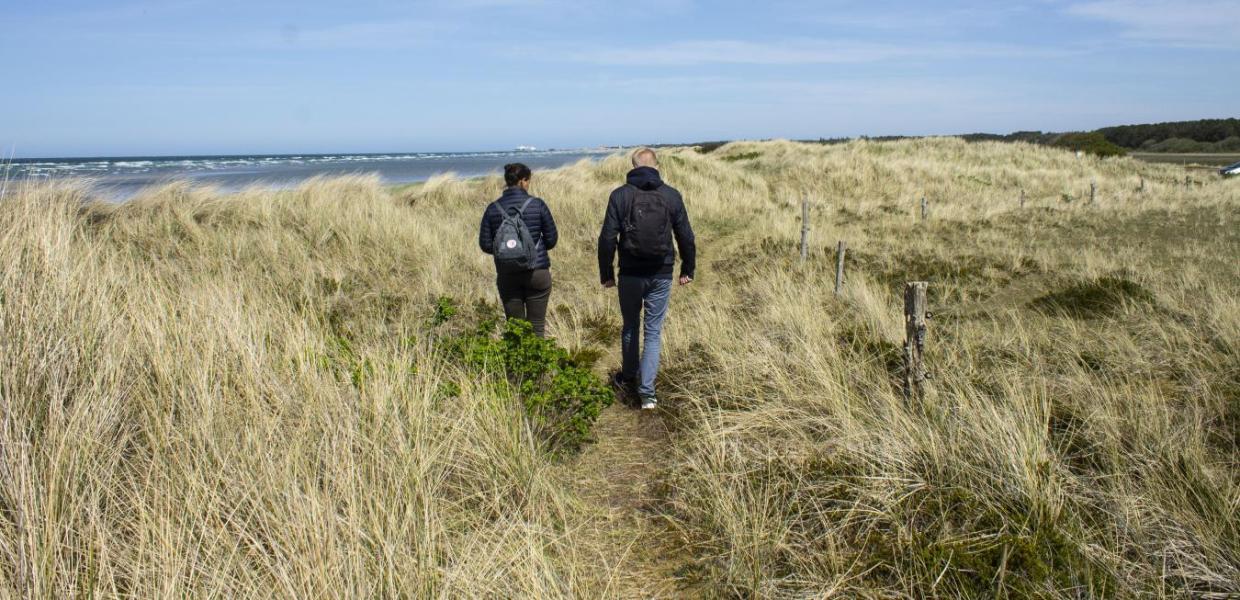
Photo:VisitLæsø
Hiking routes and biking trails
So-called green roads criss-cross most of Læsø; trails, field roads, forest roads and animal paths, and of course a stretch of more than 100 km coastline. So, the hiking and biking possibilities are endless. But, be cautious, because many paths and roads are actually part of private land.
Rules for access in nature
Below, you can find a list of links to read about rules and advice for access to various areas of nature on Læsø - what all of these rules have in common is to be respectful and polite. Read more here:
https://sgavmst.dk/natur-og-jagt/regler-for-faerdsel-i-naturen

Svampejagt på Læsø
Læsø is a paradise for mushroom foraging. BUT...:
Chanterelles are the most well-known to be in abundance on Læsø, but Læsø is an overall paradise for mycophagists, with many great eatable mushrooms growing here. However, there is also a great many poisonous mushrooms - red and white fly agaric amongst others - so make sure to only pick the mushrooms you are sure about.
You can also ally yourself with a mushroom expert or join one of the tourist office's mushrooming trips, and make sure to always read the newest books on mushrooms. Our knowledge of mushrooms grows all the time, and some of the mushrooms which were earlier deemed eatable may now be deemed poisonous!
AND it is also always important to be careful when picking mushrooms - especially when you walk in a private area and private forests! Bear in mind that it is only allowed to pick mushrooms on trails and roads - meaning, do NOT turn away from the roads.
It is also important to only pick for your own consumption, not with the purpose of selling the mushrooms, which is illegal. This includes mushrooms picked from the Danish Nature Agency's land!
Find more rules on mushroom picking here >

Be considerate at sea too
Læsø's nature at sea
It is also important to take care of Læsø at sea and be considerate of your surroundings. Many people enjoy the water surrounding Læsø - wind surfers, SUP-people, kite surfers, private fishermen, oyster gatherers, and last, but not least, sailors and kayakers - all of which benefit greatly from Læsø's beautiful water. But so too, does wildlife - birds, seals and more - so it is very important to pay attention and stay informed about distance requirements, matings seasons and which areas you are not allowed to enter!
